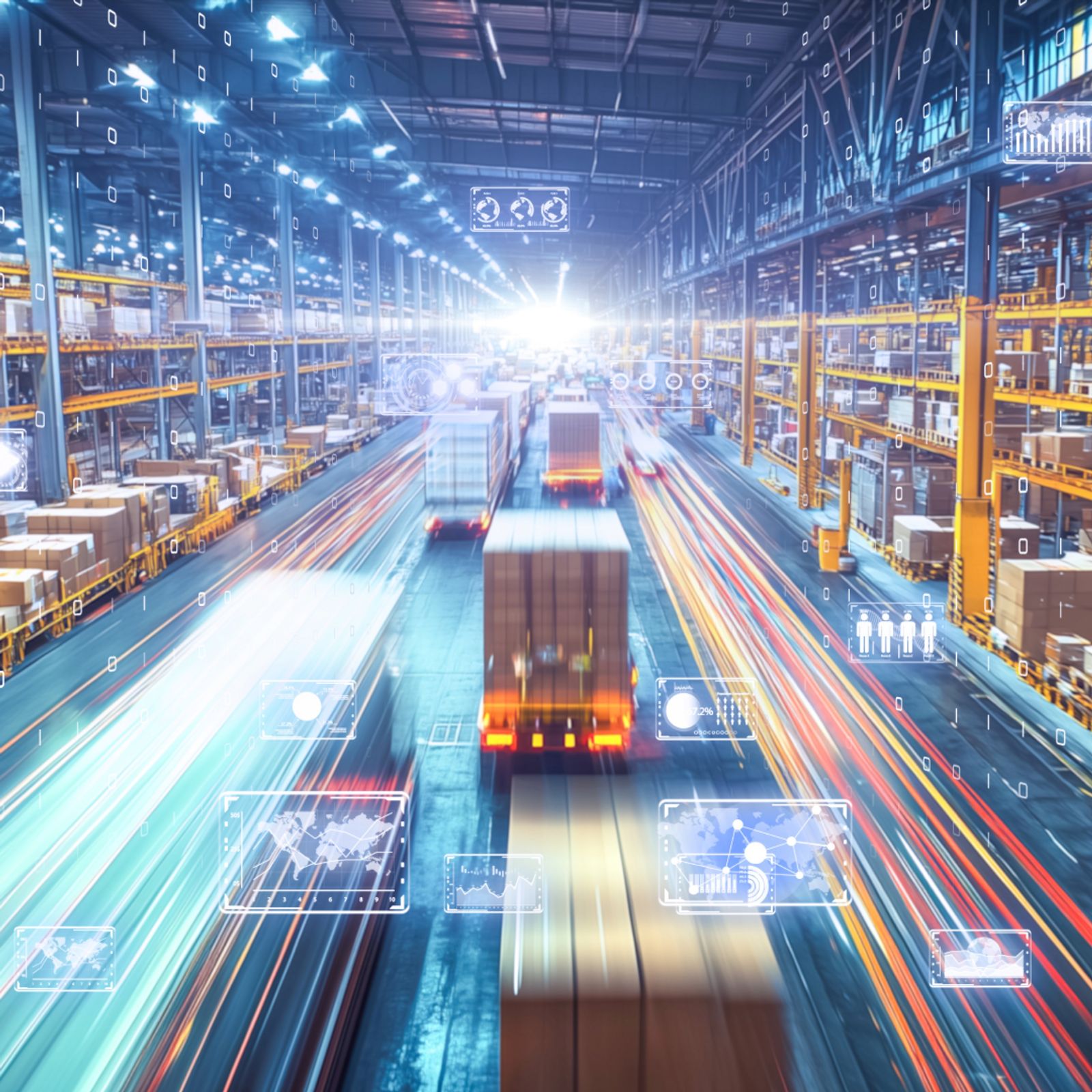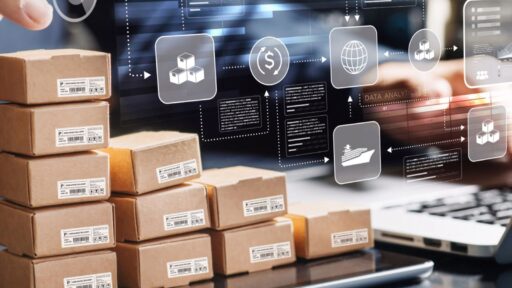Discover Why CRM Is Essential for Delivery and Transportation Services in 2025 :
An Industry Under Constant Operational Pressure
By 2025, the delivery and transportation sector operates in an environment where every minute counts. Consumers and businesses demand ultra-fast, fully traceable deliveries with responsive customer service. Meanwhile, competition intensifies, logistics costs rise (fuel, fleet maintenance, labor), and providers must coordinate many stakeholders: end customers, shippers, partner carriers, and customs services. A CRM system becomes essential to structure client data flows—contact details, order history, shipment statuses, and returns. It automates follow-ups in case of delays, centralizes complaints, and tracks service quality in real time to anticipate issues before they escalate.
Key Challenges in Transport and Logistics
Transportation companies manage both regular clients (wholesalers, e-commerce platforms, retail chains) and one-off requests (express deliveries, event shipments). They must schedule routes, optimize them to reduce costs and carbon emissions while communicating effectively with customers and drivers. Ensuring satisfaction means providing transparent tracking: notifications for pickup, departure from the hub, en route status, and final delivery. Retention relies on reliable time slots and rapid incident resolution (breakdowns, weather disruptions, incorrect addresses).
Common Mistakes Without a CRM
Poor Tracking of Customer Complaints:
Complaints are scattered across email, phone, and spreadsheets, making prioritization and status tracking impossible.
Delayed Follow-Up on Contract Renewals:
Without a centralized calendar, the sales team forgets to contact clients to renew framework agreements or monthly subscriptions.
Client Information Spread Across Multiple Tools:
Contact details, shipment history, delivery preferences, and billing data reside in separate TMS, billing software, and spreadsheets.
Difficulty Measuring Performance and Satisfaction:
Without consolidated metrics, it’s impossible to know which carriers have the best on-time delivery rates or what percentage of incidents remain unresolved.
These dysfunctions lead to lost clients, decreased profitability, and damaged reputation.
How a CRM Transforms Logistics Management
A CRM tailored for delivery and transport services centralizes all customer information: contacts, shipped goods, monthly volumes, and service types (standard, express, refrigerated, oversized). It automates:
Follow-Ups: automatic reminders to the sales or support team when a delivery isn’t confirmed or a complaint isn’t addressed within 24 hours.
Client Segmentation: classification by monthly volume, business type (e-commerce, manufacturing, distribution), or geographic zone to craft personalized pricing offers and match appropriate fleets (light vehicles, heavy trucks, last-mile delivery vans).
Real-Time Notifications: emails or SMS messages to clients at each step (pickup, customs clearance, local dispatch, in-store collection).
Additionally, the CRM facilitates route planning by exporting addresses to a geolocation tool, indicating priorities, and computing optimal routes. Generated reports measure key performance indicators: on-time delivery rate, average cost per parcel, complaint rate per carrier, and Net Promoter Score (NPS). With these insights, decision-makers can adjust transport policies, renegotiate rates with subcontractors, and invest in the most efficient fleets or software solutions.
Conclusion
In a sector where competitiveness hinges on responsiveness and reliability, a CRM is a major strategic lever. It provides a unified view of customers, automates repetitive tasks, improves communication, and tracks service quality in real time. In 2025, adopting a CRM designed for delivery and transportation services guarantees enhanced customer satisfaction and optimized logistics costs.












